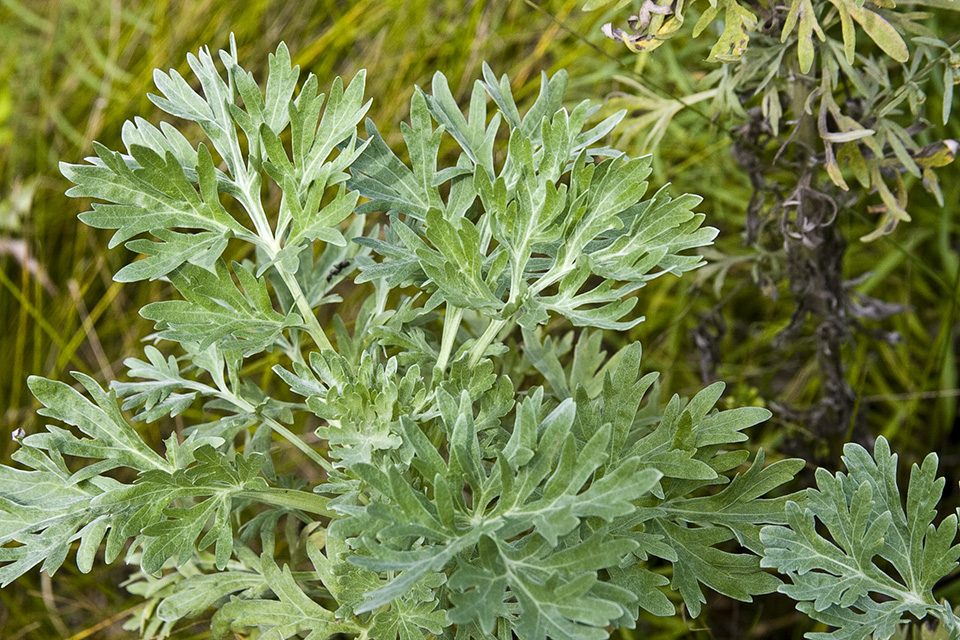

Once established, Artemisia absinthium is a very hardy plant that is likely to thrive in almost any garden.ĭownload the PDF, MOBI (Kindle), and ePub (E-readers / iPad) files, and get a $1.00 discount. Trim the plant back so that it is only a few buds past the older framework and make sure that all thin, weak, and dead growth is removed to help strengthen the plant as a whole. While disease is usually not a problem with Artemisia absinthium plants, pests such as aphids and gall midges do enjoy feeding on this plant.įor best results, this plant should be pruned in the spring after the last frost.
#ABSINTHE WORMWOOD FULL#
It should be grown in a location with full sun. Thujone is a well known substance for absinthe, and found in various plants, notably wormwood. Wormwood likes a variety of soil types including loam, chalk, and sand. The only reason people ever went nutty from drinking with the green fairy. Yes, it contains thujone, a compound that can cause seizures and death at very high doses, but the concentration found in absinthe won’t make you hallucinate. Its overconsumption generated an addiction identified as absenthims. The soil can be dry to medium in moisture. Wormwood, as you probably know, was traditionally used to flavor absinthe. Wormwood was the major component of the Absinthe, an anise-flavoured liquor particularly used in France during the 19 th century among the Parisian circles of writers and artists. While it isn’t hallucinogenic, its plant compound thujone can be toxic and even fatal in large amounts. Gardener's HQ Guide to Growing Absinthe Wormwood Wormwood is a bitter herb known for being an ingredient in absinthe. The foliage of Wormwood is highly aromatic.Ībsinth plant leaves, photograph by Andreas Rockstein CC. The foliage is greenish grey and it has yellow flowers that bloom from late summer to early autumn (natively in August to September). This herbaceous perennial can grow up to three feet (90 cm) tall and spread out to about two feet (60 cm) wide. Wormwood flowers, photograph by Andreas Rockstein CC. Artemisia absinthium grows well in USDA zones four through nine (UK hardiness H6, hardy to about -20☌ (-4☏)).īe aware that it is now also considered to be an invasive species in the US. The plant's native range includes most of Europe and Asia. John's girdle, Green ginger, Holy seed, Lad's love, Mingwort, Old man, old woman, and Warmot.Īrtemisia absinthium photograph by Matt Lavin.
#ABSINTHE WORMWOOD HOW TO#
How to Grow Artemisia absinthium Plants in your GardenĪrtemisia absinthium is most commonly known as Wormwood and Absinth.Īs an herbal plant steeped with traditional uses it has a multitude of other common names such as St. Artemisia absinthium Artemisia absinthium ( wormwood, grand wormwood, absinthe, absinthium, absinthe wormwood, 4 mugwort, wermout, wermud, wormit, wormod 5) is a species of Artemisia, native to temperate regions of Eurasia 6 and North Africa, and widely naturalized in Canada and the northern United States.


 0 kommentar(er)
0 kommentar(er)
